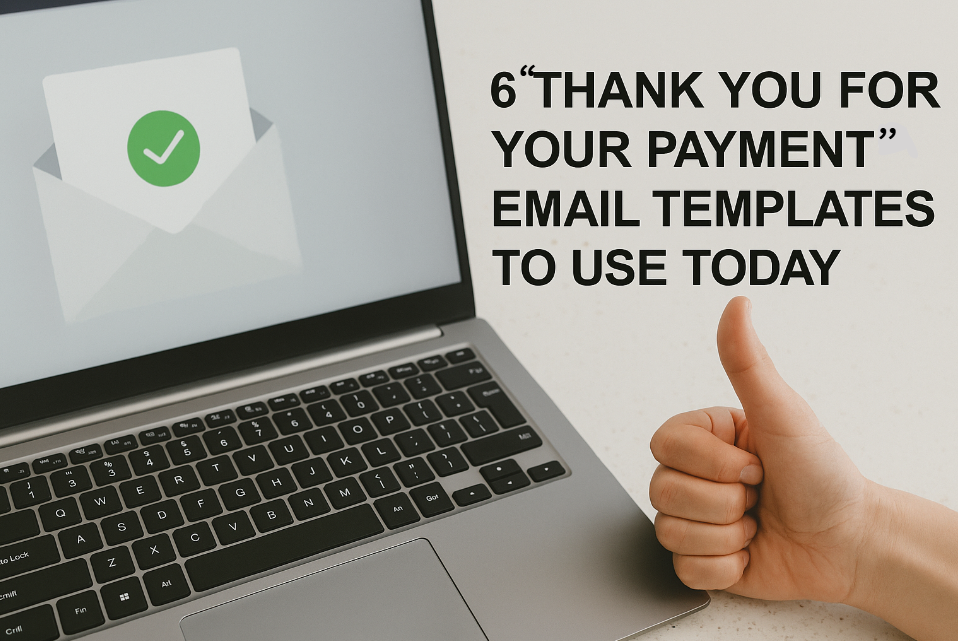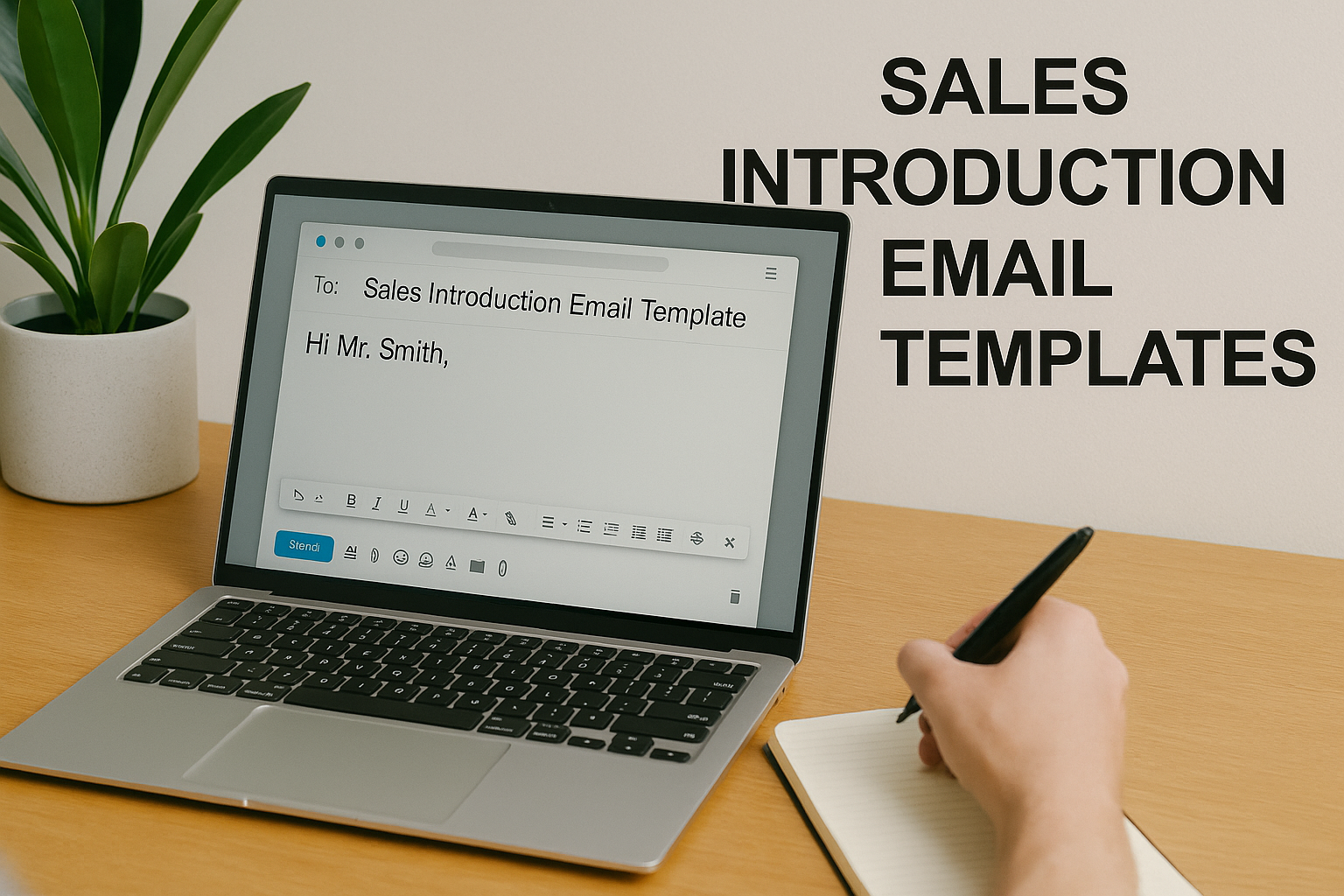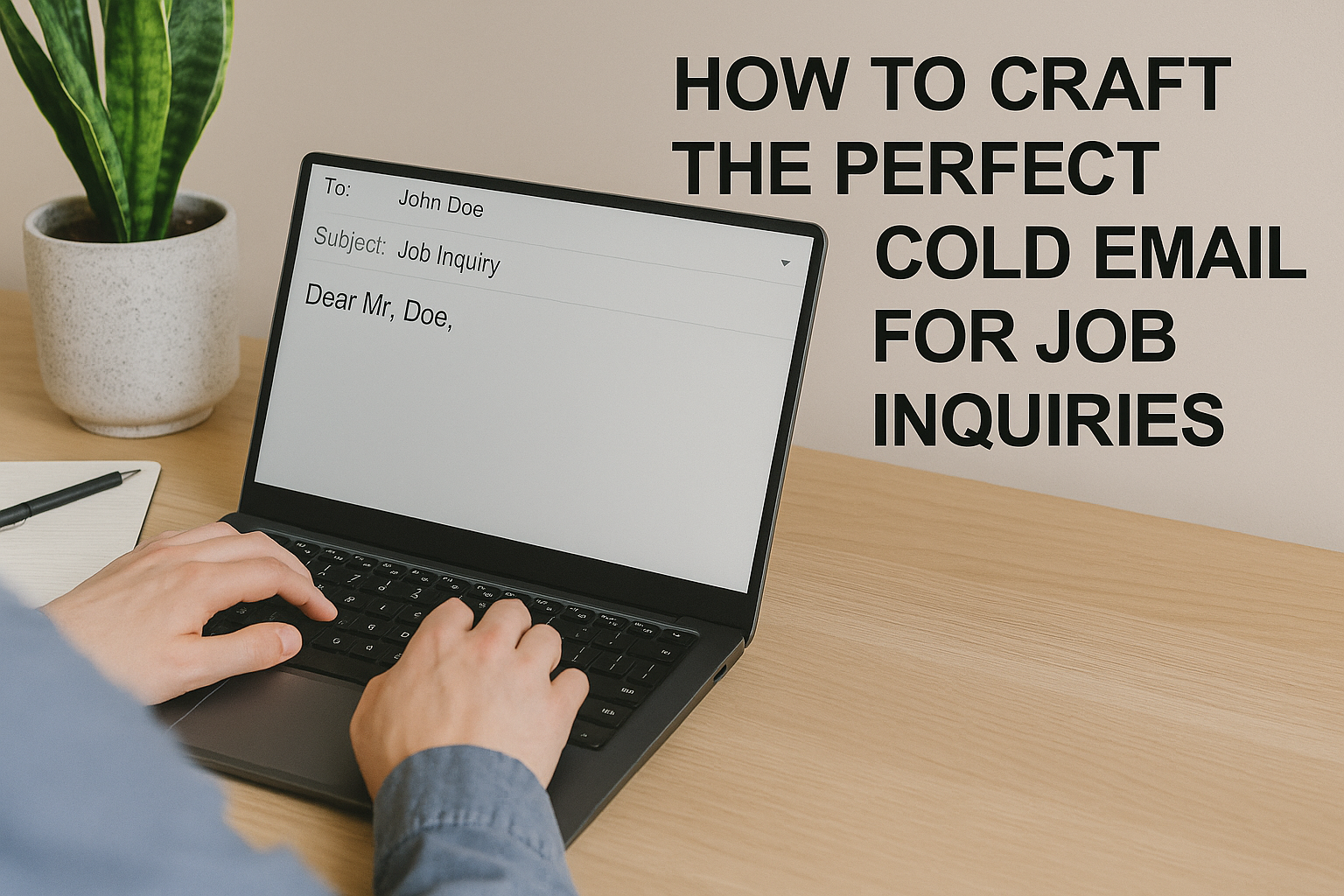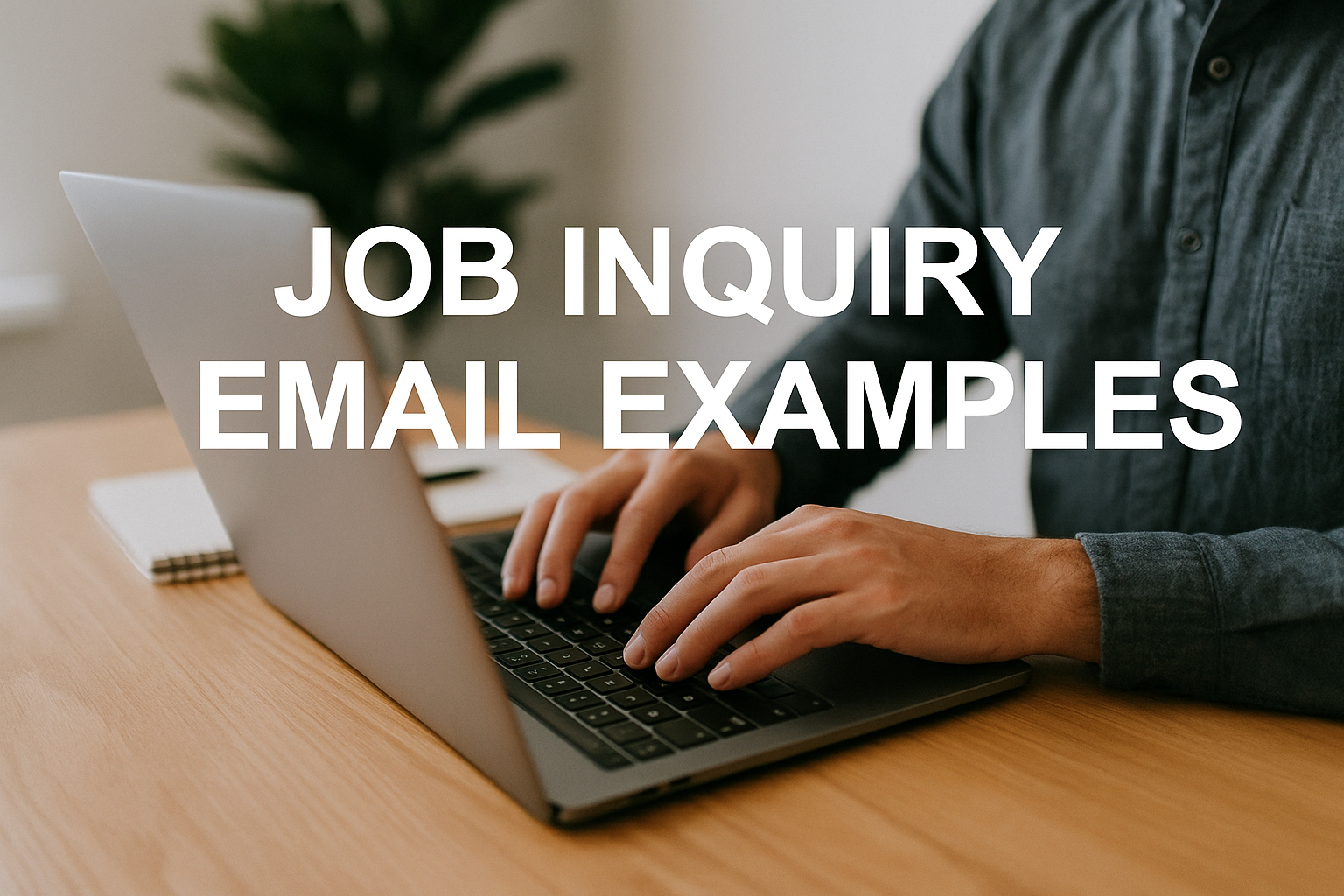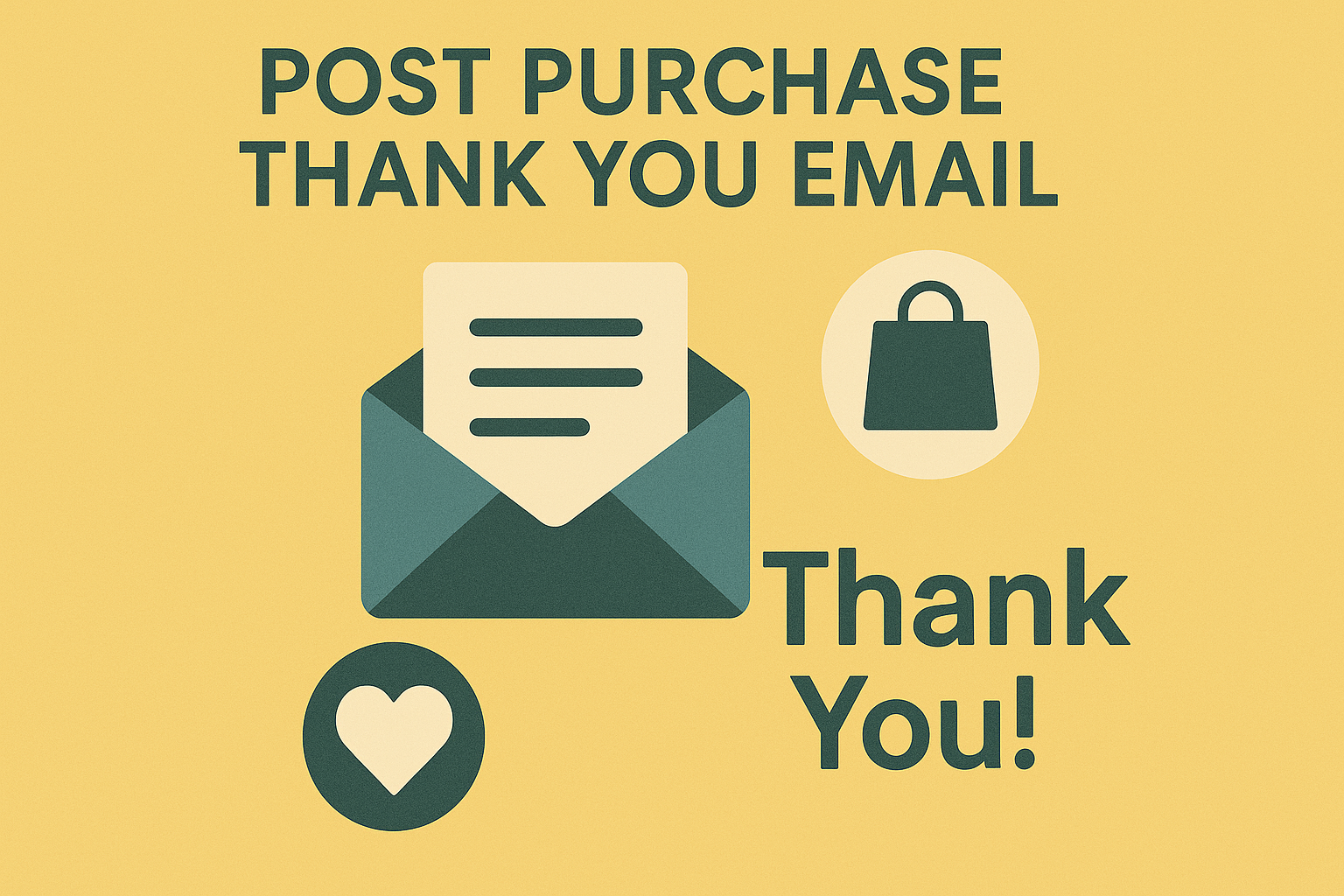6 “Thank You for Your Payment” Email Templates to Use Today
Key Takeaways
-
A well-timed and thoughtful payment thank you email can increase customer satisfaction and long-term business relationships.
-
Personalizing emails with the recipient’s name and specific payment details helps create genuine connections, which makes them more likely to be loyal and come back for more.
-
With transparent subject lines, formal greetings, and succinct core messages, your emails become effortless to grasp and make a great impression.
-
It’s a waste to spend time responding to payment e-mails, but don’t lose the personal touch and remember to update your templates often.
-
Payment receipts and confirmation emails are great touchpoints for feedback, loyalty programs, and promoting relevant products or services.
-
Modifying thank you email templates for various payment situations allows for uniform communication with room for personalization and brand consistency.
A prompt, courteous payment confirmation email does more than act as a receipt – it reinforces customer trust and shows you value their business. By clearly confirming the payment details and expressing your gratitude, you create goodwill and professionalism.
In this guide, we’ll explain why a thank-you payment email matters, share tips on writing one, and provide six sample templates you can adapt right away.
6 Thank You for Your Payment Email Templates
Use these six sample templates as a starting point. Customize each one with the customer’s name, the exact payment details, and any specifics about the order or project. You can also tweak the tone to match your brand (a friendly small-business tone, a formal corporate tone, etc.).
Each template below addresses a different situation:
1. Standard Payment Thank You
This is a generic thank-you email for any straightforward transaction. It’s polite and professional.
Hello [Name],
Thank you for your payment of $[amount] on [Date]. We have received it and applied it to Invoice #[number]. We appreciate your business and will keep our records updated.
Please let us know if you have any questions.
Best regards,
[Your Name]
[Your Position] – [Company Name]
2. New Client First Payment
Use this when a customer is making their first payment. It’s warm and welcoming.
Hello [Name],
Thank you for your first payment of $[amount] on [Date]. We’re thrilled to have you as a new customer! Your order/service is now being processed, and we’ll update you as it progresses.
If you have any questions or need assistance, just let us know. Welcome aboard, and we look forward to working with you!
Sincerely,
[Your Name]
[Position], [Company Name]
3. Repeat Customer Thank You
This template acknowledges an ongoing relationship, showing appreciation for their continued trust.
Hello [Name],
Thank you for your payment of $[amount] on [Date]. We appreciate your continued business and trust in [Company Name].
It’s a pleasure to work with you again. If there’s anything we can help with or if you’d like any updates on your order/project, please let me know.
Best regards,
[Your Name]
[Position], [Company Name]
4. Subscription Renewal Payment
For recurring payments or subscription renewals. It confirms the renewal and looks ahead.
Hello [Name],
Thank you for renewing your [Product/Service Name] subscription. We’ve received your payment of $[amount] on [Date], and your access has been extended until [Next Renewal Date].
We’re glad to have you with us. You can continue enjoying the service with no interruptions. We’ll keep you posted on any new features or updates coming soon.
Sincerely,
[Your Name]
[Position], [Company Name]
5. Deposit or Milestone Payment Received
When a customer makes a partial payment (deposit) or reaches a project milestone, use this to thank them and outline the next steps.
Hello [Name],
Thank you for your deposit/payment of $[amount] on [Date]. We’re excited to start [project/task name] with you. We’ve applied this amount to Invoice #[number], and it confirms your order.
We will begin the next phase on [Date or shortly] and keep you updated as we progress. Please feel free to reach out if you have any questions in the meantime.
Best regards,
[Your Name]
[Position], [Company Name]
6. Overdue Payment Received
If a customer pays after the due date, you can still send a gracious thank-you without emphasizing the lateness.
Hello [Name],
Thank you for your recent payment of $[amount] on [Date]. We’ve applied it to Invoice #[number], and your account is now up to date.
We appreciate your prompt attention to this matter. If there’s anything else you need or if you have any questions, I’m here to help.
Sincerely,
[Your Name]
[Position], [Company Name]
Each of these templates is concise and positive, focusing on gratitude and clarity.

Why Your Payment Email Matters

A payment confirmation email is a key touchpoint that influences how clients see your business. It isn’t just a formality – it can build trust and clarity.
For example:
-
Reaffirms the transaction – By confirming the exact amount, date, and invoice number, you reassure the customer that their payment was received and processed correctly. This transparency helps both sides keep accurate records.
-
Shows appreciation and professionalism – A friendly thank-you note makes clients feel valued. It demonstrates that you respect their effort and money, which can increase their satisfaction and loyalty.
-
Avoids confusion – Clear, detailed information (like “We received your payment of $X on [date] for invoice #[Y]”) prevents misunderstandings or duplicate transactions. Customers know exactly where they stand.
-
Strengthens security – Consistent style and information in your payment emails help clients recognize legitimate messages. When your emails always look and sound the same, it’s easier for customers to spot phishing or scam emails that might imitate you.
-
Encourages repeat business – A quick thank you keeps your brand in the customer’s mind. Over time, clients remember companies that communicate clearly and courteously. This can lead to more repeat orders or referrals.
In short, a clear, friendly payment email enhances credibility and keeps your relationship professional. Every thank-you message is an opportunity to reinforce that positive impression.
How to Write Your Thank You Payment Email
Keep your message short, polite, and focused. A simple structure makes each email clear and consistent.
Here’s a step-by-step approach:
1. The Subject Line

Use an obvious subject like “Thank You for Your Payment” or “Payment Confirmation”. You can add specifics (e.g. invoice number or amount) to make it immediately clear. For example:
-
“Thank You for Your $200 Payment – Invoice #1234.” This helps the client recognize the email’s purpose at a glance and prevents it from getting lost among other messages.
2. The Personalized Greeting

Start with the customer’s name (e.g., “Hello Alex,” or “Hi Juls,”). Using a first name (or Mr./Ms. LastName for a formal tone) makes the email feel more personal. Avoid generic greetings like “Dear Customer” or “To whom it may concern”, which can seem impersonal.
3. The Core Message

Thank the client and confirm the payment details right away. Mention:
-
Amount paid and date: e.g., “Thank you for your payment of $150 on March 7, 2025.”
-
Invoice or order number (if applicable): e.g,. “We’ve applied your payment to Invoice #4567.” Keep this section brief and clear. For example: “We appreciate your prompt payment and have updated our records.” This builds confidence that everything is in order.
4. The Next Step

Tell the client what happens next (if anything). For instance:
-
“Your order will ship tomorrow.”
-
“You’ll receive your subscription access immediately.”
-
Offer assistance: “Let me know if you have any questions or if there’s anything else we can do.” Keep recommendations or promotions very brief (if at all) so the thank-you remains the focus.
5. The Closing

End with another thank-you or goodwill phrase. For example: “Thanks again for your business.” Use a friendly sign-off like “Best regards,” or “Sincerely,” followed by your name and contact info. Adding a personal touch (e.g., “Hope you have a great week!”) can leave a positive last impression. Always make it easy for the client to reply if needed by including your contact details.
By following this structure – clear subject, friendly greeting, concise core message, next steps, and warm closing – your email will be professional, easy to read, and reassuring for the customer.

Personalize Without The Pain
Personalized “thank you for your payment” emails do more than confirm a transaction—they build trust and loyalty. You can keep it simple, warm, and scalable with a light mix of automation + human touch.
Why personalize (lightly)?
-
Builds trust from the start
-
Makes clients feel valued (not processed)
-
Reduces confusion with clear details
-
Boosts repeat business and referrals
-
Helps your brand stand out
How to personalize fast (with templates)
Use merge fields so every message feels written just for them:
-
Greeting:
Hello [FirstName], -
Details:
Thank you for your payment of [Amount] on [Date] for [ProjectName] (Invoice #[InvoiceNumber]). -
Next step:
Your order will ship on [ShipDate]. -
Help offer:
Questions? Reply to this email. 
Friendly follow-ups (that feel helpful)
-
Upcoming reminder: “Hi [FirstName] — your payment for [PhaseName] is due [DueDate]. Any questions, just reply.”
-
Clarity cue: Reference the project phase or order name so busy clients instantly know what you mean.
Simple, fair cadence (set it once)
-
7 days before due → polite heads-up
-
On due date → quick reminder + pay link
-
7, 14, 30 days late → progressively firmer tone
-
At 14 days late, mention potential late fees (professionally).
-
Transform Receipts Into Relationships

Payment receipts aren’t just proof of purchase—they’re a chance to build trust and keep customers coming back. A clear, friendly message reassures nervous payers, invites replies, and shows you’re more than a transaction.
Ways to leverage payment receipts for client relationship building:
-
Include a brief, personal thank-you note in every receipt, even if automatically generated.
-
Mention upcoming services, new product launches, or relevant promotions.
-
Request bite-sized feedback about the payment journey to initiate a conversation.
-
Encourage responses to the email, emphasizing you appreciate their feedback.
-
Offer a follow-up meeting or call, if relevant for your service.
-
Write in simple, clean language so that every client can understand it.
-
Set reminders for yourself to send a quick follow-up email a few days later.
The Feedback Loop
-
Include a tiny survey link (30–60 seconds).
-
Ask 2–3 bite-sized questions, like.:
-
“How easy was it to pay?”
-
“Any issues we should fix?”
-
-
Review results regularly and act on them (add payment methods, simplify steps, fix errors).
-
Acknowledge feedback—even a short “Thanks for the input!” builds trust.
Microcopy you can use:
-
“Got 30 seconds? Tell us how checkout went.”
-
“Your feedback helps us improve—thank you!”
The Loyalty Nudge
-
Briefly reference points, perks, or status in the receipt.
-
Example: “You’re 10 points from your next reward.”
-
Highlight gentle benefits (early access, member discounts).
-
Mention referral perks once: “Refer a friend, get $10 off.”
Microcopy you can use:
-
“Members get early access to new drops next week.”
-
“One referral = one reward—share your link!”
The Subtle Upsell
-
Suggest one logical add-on tied to their purchase.
-
Bought a report? Offer weekly insights or a setup call.
-
-
Personalize by history (project, tier, or past orders).
-
Keep it brief; one sentence is enough.
Microcopy you can use:
-
“Want weekly insights to get more from your report?”
-
“Book a 15-minute setup call to hit the ground running.”
Conclusion
A “thank you for your payment” email is more than a receipt—it’s a quick, human moment that builds trust, confirms the details, and reminds customers there’s someone real behind the brand. Keep it short, specific (amount/date/invoice), warm, and invite replies. Automate the send, personalize the details, and you’ll turn routine receipts into relationship touchpoints.
Want to keep improving? Plug your templates into KPI.me to measure what matters: A/B test subject lines, track open and reply rates, see which PS lines (loyalty nudge, 30-sec survey, next-step note) drive repeat orders, and double down on what works.
Use the templates above, connect KPI.me, and iterate weekly. Small, sincere notes—outsized loyalty.
Frequently Asked Questions
Why should I send a thank you for payment email?
It’s a thank you email that expresses sincere gratitude, acknowledges the recent payment, and establishes goodwill to boost customer satisfaction and promote repeat business.
What should I include in a thank you payment email?
Display a prominent thank you and payment receipt in your order email, including payment information, contact details, and next steps when necessary.
How can I personalize my payment thank you emails?
Use the recipient’s name, reference the recent payment in question, and highlight your customer loyalty program. Small personal touches go a long way in making your emails seem authentic.
Can I automate thank you for payment emails?
Yes, many invoicing and email platforms allow automation, enabling you to create order email templates that save time while still personalizing communications.
How do thank you payment emails improve customer relationships?
They demonstrate that you value your clients, not just their cash, which can enhance customer loyalty and boost customer satisfaction.
Are thank you for payment email templates effective?
Templates provide consistency and efficiency in payment communications. They are personalized for each client, enhancing customer experience and professionalism.
When should I send a thank you for payment email?
Email it immediately upon receipt of the payment confirmation email. Timely recognition boosts customer satisfaction and provides your client comfort and professionalism.

